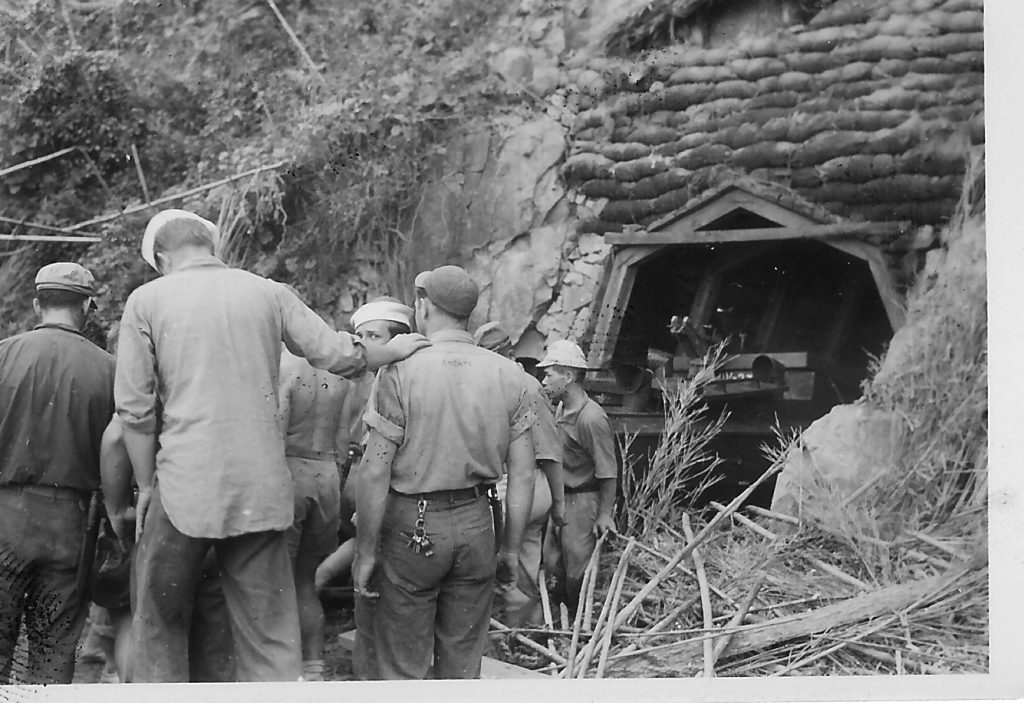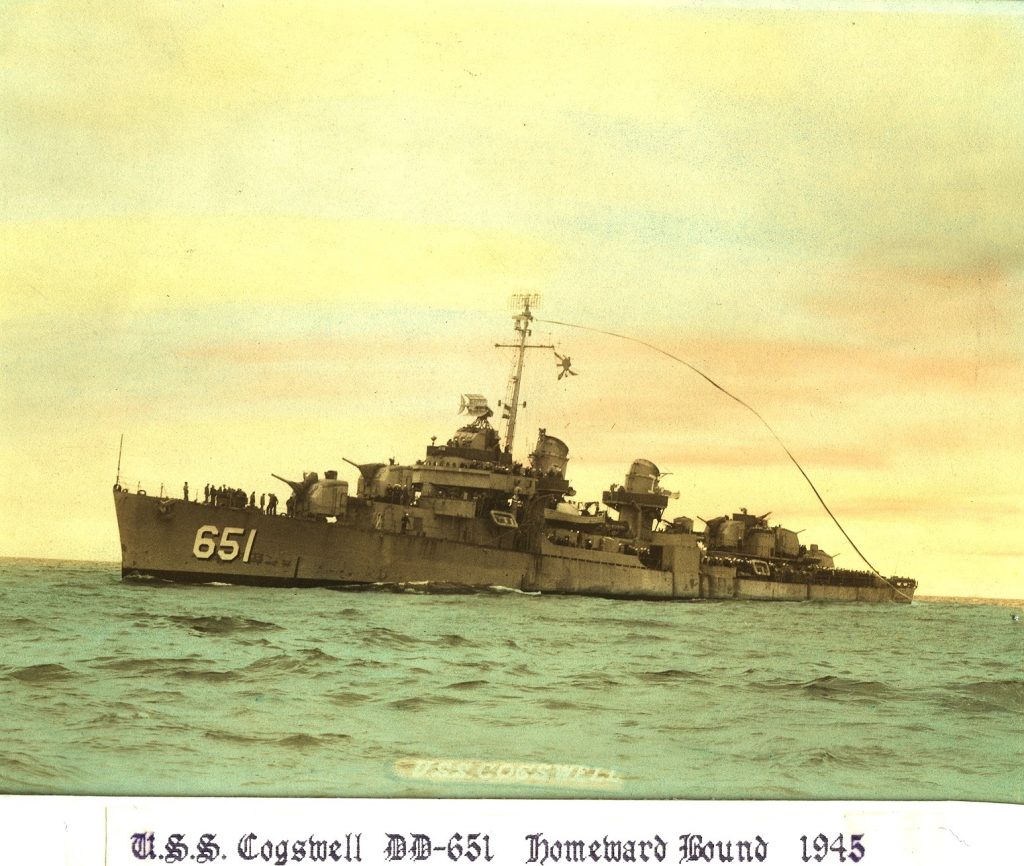USS Cogswell (DD-651) was a Fletcher-class destroyer in the United States Navy, serving in World War II, Korean War, and Vietnam War. The ship is named in honor of Rear Admiral James Kelsey Cogswell, who served during the Spanish–American War, and Captain Francis Cogswell, who served during World War #
Cogswell was launched on 5 June 1943 by Bath Iron Works, Bath, Maine; cosponsored by Mrs. D. C. Bingham, daughter of Rear Admiral Cogswell, and Mrs. Francis Cogswell, widow of Captain Cogswell; and commissioned 17 August 1943, Commander H. T. Deutermann in command.
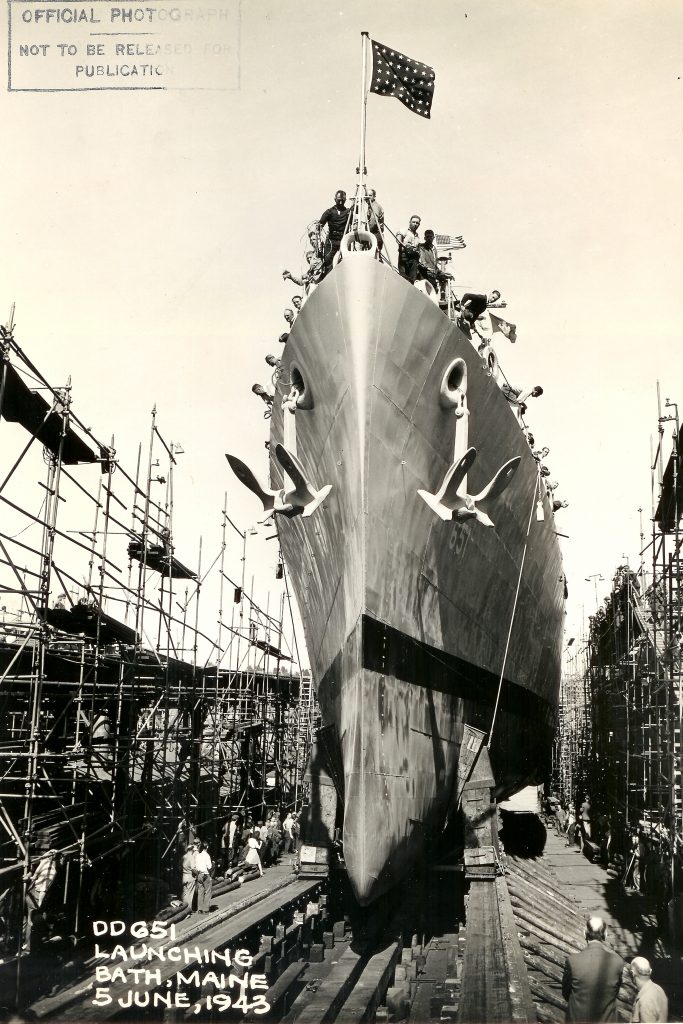
World War II
Cogswell arrived at Pearl Harbor 9 December 1943 for training, and there joined the screen of mighty carrier Task Force 58 for the Marshall Islands operation. At sea on this duty from 16 January to 12 February 1944, when she put into Majuro, Cogswell also bombarded Gugewe Island. She continued her screening as the carriers launched raids on Truk on 16–17 February and on bases in the Marianas Islands on 21–22 February, then sailed from Majuro to Espiritu Santo to screen carriers providing air cover for the seizure of Emirau Island from 20–25 March, and raiding the Palaus, Yap, and Woleai from 30 March to 1 April.
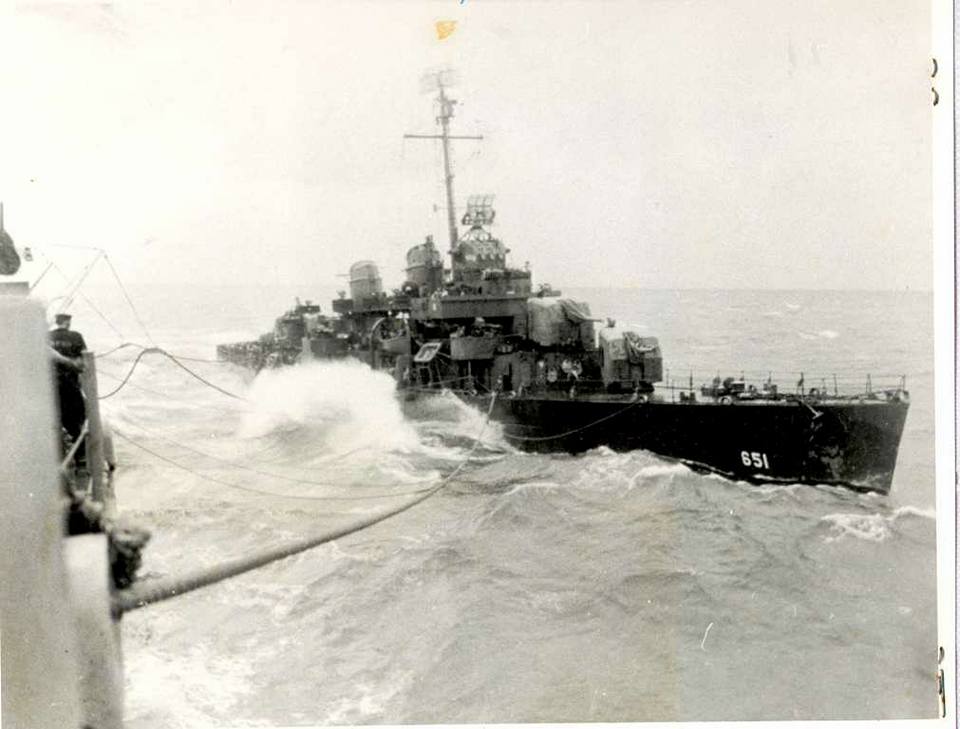
The destroyer returned to Majuro on 6 April 1944, and a week later joined the sortie for the Hollandia landings of 21–24 April, and air raids on Truk, Satawan, and Ponape at the close of the month. Replenishment at Majuro from 4 May to 6 June preceded Cogswell‘s assignment to screen carriers during the landings in the Marianas. On 16 June, Cogswell was temporarily detached to join in the bombardment of Guam, rejoining her force to guard it during the momentous air Battle of the Philippine Sea on 19–20 June. She continued her screening in the raids on Palau, Ulithi, Yap, Iwo Jima, and Chichi Jima from 25 July to 5 August, during the last of which she joined in the surface gunfire which sank several ships of a Japanese convoy earlier badly mauled by carrier aircraft. From 11–30 August, she replenished at Eniwetok.Cogswell in 1945.
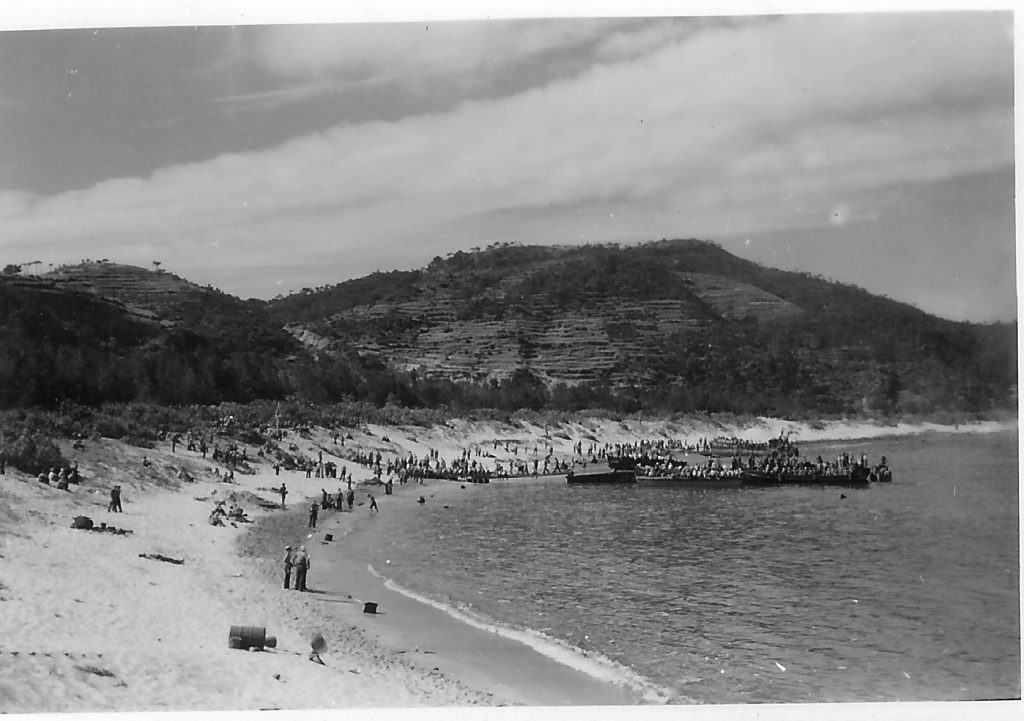
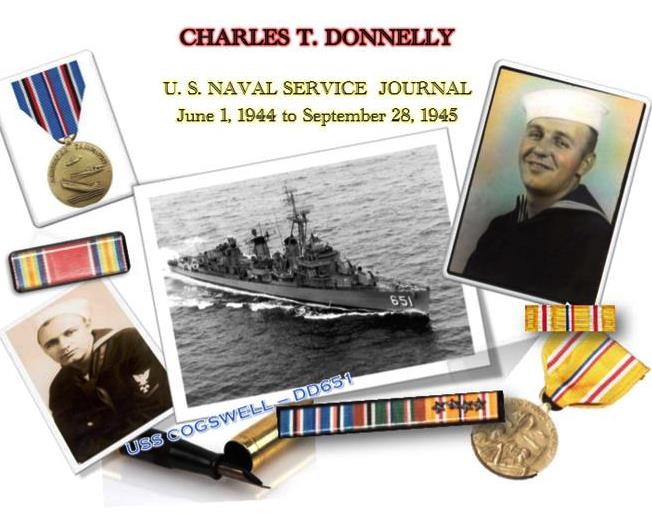
09 Oct – [1944]This entry is being added per information supplied by R. Dale Martin former RM2 aboard the USS Flying Fish, SS229. Mr. Martin states, He was in charge of the Radio Gang on the USS Flying Fish on October 9, 1944, when the USS Cogswell depth charged her. The first two charges did do enough damage to cause the conning tower to be abandoned except for himself. He had to man the sonar and try contacting the USS Cogswell. The following was taken from notes on the radio shack’s calendar, 9 Oct 1944, 70th day on patrol, received 5 depth charges from a friendly Tin Can, DAMN HIM!, 35 degree down angle going all ahead standard. Finally a recognition signal was received. The following massage was transmitted:
9 October 1944
1535 Destroyer challenged us on sound – FOJ
We sent reply – LAW (This was repeated several times)
He then sent the following – BT are you damaged? K
We replied – NO K (He really said: No, but our feelings are God Damned Hurt.)
(The Flying Fish’s Commander was Robert D. Risser, USN)
He then rogered
After about ten minutes he sent the following – AA V D651 K
We replied D651 V S229 K
S229 V D651 BT are you O.K.? K
D651 V S229 BT Yes we are OK. can we surface K
S229 V D651 R R
S229 V D651 BT Roger smoke bomb -surface K
D651 V S229 IMI K
S229 V D651 Send smoke bomb
D651 V S229 Roger
S229 V D651 Roger surface K
D651 V S229 R R
Secured and surfaced at 0740 GCT
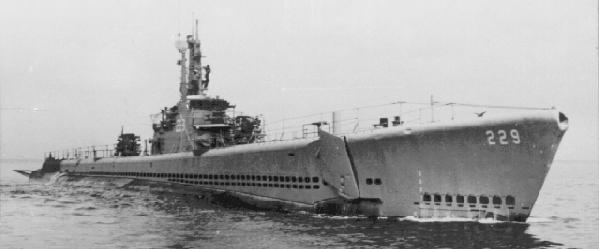
The Conning Tower damage earned the Flying Fish a trip to the states and six months in San Francisco.
The above incident was not unique during the war. In fact, of the 52 US Submarines which were lost, (by all causes) two, the Seawolf and Dorado, were sunk by “friendly” forces. The Seawolf by Destroyers and the Dorado by Aircraft.
In the spring of 1945, the Flying Fish was coming into Point Loma after a training exercise, and passed the Cogswell heading out to sea. The Flying Fish’s CO asked the CO of the Cogswell, How many charges were dropped, and response was “11”. 5 or 11, in any event, the Flying Fish was not sunk. Mr. Martin attended the Cogswell’s October 1990 reunion and apologies were exchanged. An invitation was extended to the Cogswell to attend the Submariner’s Reunion.
Next at sea from 30 August to 27 September 1944, Cogswell sailed in the carrier screen as strikes were hurled at targets in the Palaus and Philippines during the invasion of Peleliu. On 6 October, she sailed from Ulithi for the air strikes on Okinawa and Formosa in preparation for the Leyte landings, and fired protective antiaircraft cover for her force during the Formosa air battle of 12–14 October. After guarding the retirement toward safety of Canberra and Houston, she rejoined her force for air strikes on Luzon and the Visayans, and screened them during the Battle of Surigao Strait, one phase of the decisive Battle of Leyte Gulf. She returned to Ulithi on 30 October, where future astronaut Alan Shepard joined the ship as a gunnery officer, but put to sea 2 days later to return to the Philippines. After Reno was damaged by a submarine’s torpedo, Cogswell guarded her passage to the safety of Ulithi, then returned to screen air strikes on Luzon, the landings on Mindoro, and the air attacks on Formosa and the China coast which neutralized Japanese bases in preparation for and during the Lingayen invasion.
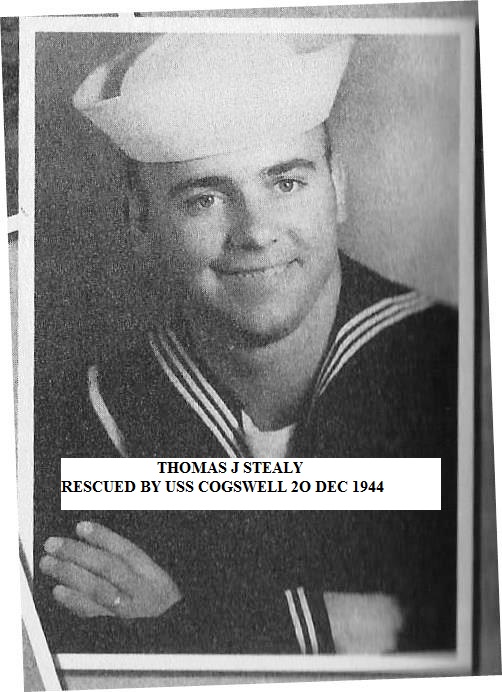
Halsey’s Typhoon
“Just after noon on December 18, USS Hull keeled over one degree too far, and instead of righting itself, stayed on its side in the convulsing sea and slowly began to sink. Every man who could jumped or dove into the water. A hundred or more doomed sailors were trapped below decks. Captain Marks got off safely. Lieutenant Gerstley did not.” *
“Surviving Hull sailors floated singly or in small groups. A few clung to life rafts. As the hulk went down, the powerful suction pulled men down with it. The waves and winds made it difficult treading. “A big wave just beats the tar out of you. It threw me around like a ball in a court,” recalled Schultz. “It’s so big out there, and it’s so scary,” said sonarman Pat Douhan, “I was by myself in the middle of the South Pacific wondering what’s going to happen next. Am I ever going to be saved?”*
One of the people not rescued that day was Thomas Stealey, Jr. It was 8:25 AM on December 20 when Stealey was rescued by the U.S. destroyer Cogswell (DD-651). He had been in the water for forty-four hours.
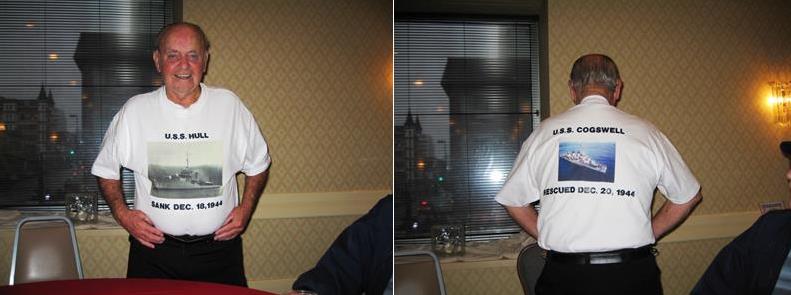
Our Special Guest Speaker at our Branson MO reunion in 2007 was Thomas Stealey, Jr. USS Hull DD-350 survivor picked up by USS Cogswell DD-651 in December. He returned in 2008 to our reunion in Boise ID. Unfortunately Tom passed away shortly after that reunion at 89 yrs old.
“Cogswell screened Ticonderoga, hit during an air attack, into Ulithi 24 January 1945, and sailed on to the west coast for overhaul. After sailing across the Pacific guarding convoys, Cogswell arrived off Okinawa on 27 May 1945 for dangerous and demanding duty as radar picket until 26 June. Three days later she rejoined the carrier Task Force 38 for the final series of raids against the Japanese home islands until the close of the war. Arriving in Sagami Wan on 27 August, Cogswell pushed on into Tokyo Bay on 2 September for the surrender ceremonies. ” #
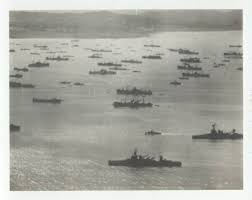
Allied ships in Tokyo Harbor for the signing ceremony.
